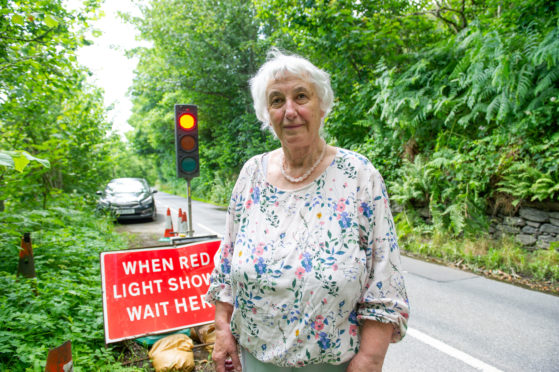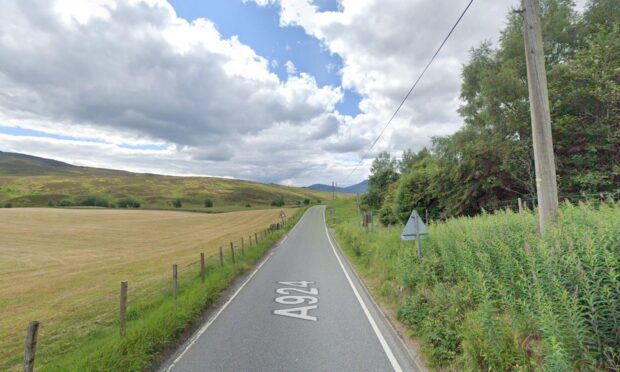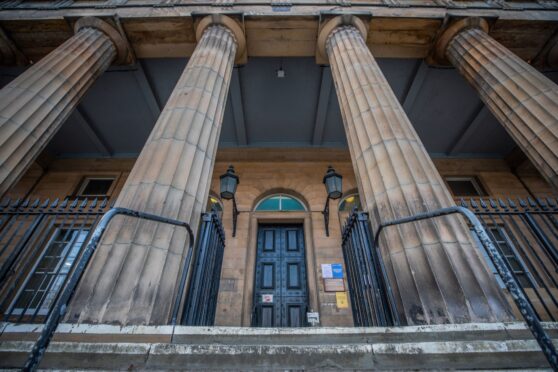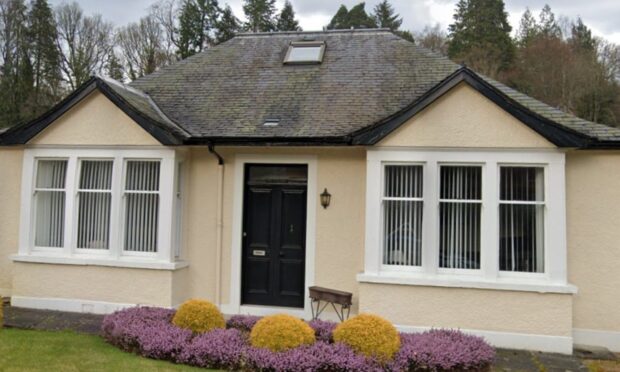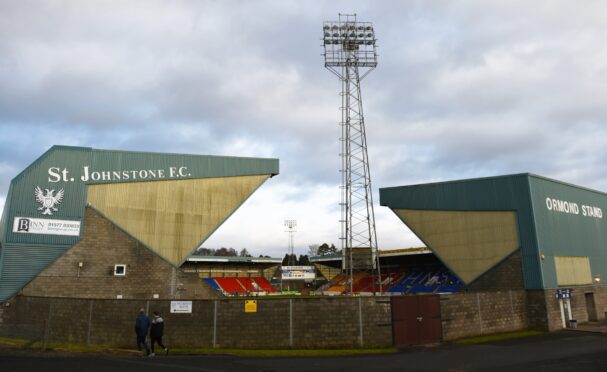Council bosses have been criticised after it emerged they have spent more than £30,000 running a single set of temporary traffic lights.
The traffic controls were installed on the A827 west of Fearnan in March 2016 after the partial collapse of an embankment holding the lochside road.
With reconstruction work not due to take place until April and with the lights costing £200 per week to run, the final bill is set to be more than £41,500.
Perth and Kinross Council said the delay is due to negotiations with the owner of the land adjoining the road. Construction work is planned when the water level of Loch Tay is expected to be at its lowest.
Sue Dolan-Betney, of Glen Lyon and Loch Tay community council, said questions had to be asked as to why the negotiations had taken so long.
She said: “It’s a lot of money. They obviously think the traffic lights are needed but why has it gone on for so long?
“We were told it was a dispute with the landowner who owns the lochside. Why has that taken three years and is not yet concluded?
“This landowner has planning permission to build a boathouse and I suspect the repairs will impinge on his ability to build that.
“Nobody would object to the traffic lights as a safety measure but did it have to go on for three years?”
A spokeswoman for Perth and Kinross Council said: “The traffic lights on the A827 west of Fearnan have been in place since March 2016 following the partial collapse of a section of retaining embankment.
“They are in place in the interests of public safety to prevent vehicles driving close to the collapsed embankment and cost around £200 per week.
“The area of shoreline at this point is in private ownership with planning permission to build a boathouse. This has necessitated regular discussion with the landowner and the design solution requires to ensure that the owner can achieve construction of the boathouse after the embankment works.
“The council served notice in 2018 of our intention to proceed on the basis of three feasibility design options but further discussions have since taken place.
“We can confirm that ground investigation works should commence in the next six weeks which will advise final detailed design with the intention to carry out construction between April and June 2020 when historical records show this to be the period when the water levels are usually at their lowest.”
